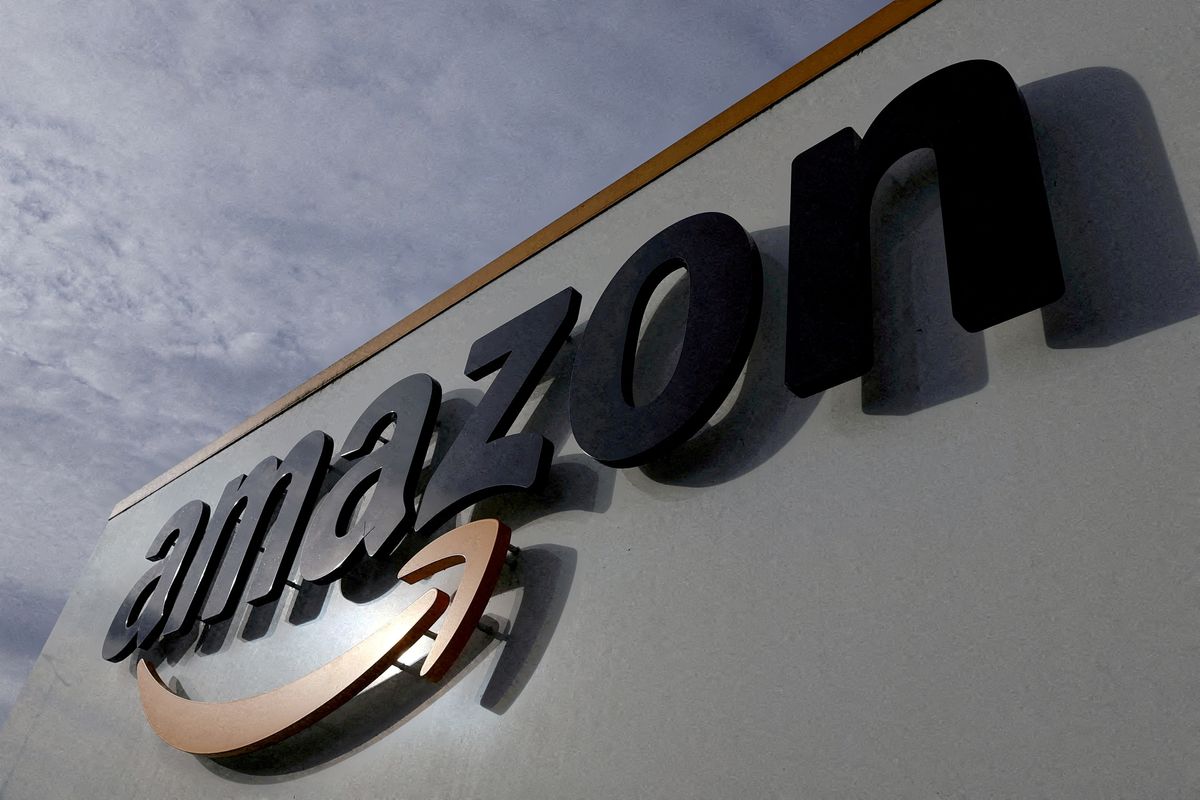How does Amazon’s drone delivery system work?
Amazon has been talking about delivering products to its customers via drone for years now.

A few minutes every morning is all you need.
Stay up to date on the world's Headlines and Human Stories. It's fun, it's factual, it's fluff-free.
Amazon has been talking about delivering products to its customers via drone for years now, but truthfully, it hasn’t shown much for it yet. There are a lot of hoops to jump through to get this service off the ground. When “Prime Air” finally first launched in 2022 after getting approval from the US Federal Aviation Administration (FAA), it served fewer than 10 households in its first month. This past May, it made less than 100 deliveries, according to CNBC.
But, on Wednesday, Amazon announced new plans to start drone deliveries in the UK, Italy and another area in the US. Customers should be able to access this delivery feature by late 2024, according to Amazon.
“Not only will this help boost the economy, offering consumers even more choice while helping keep the environment clean with zero emission technology, but it will also build our understanding how to best use the new technology safely and securely,” said UK Aviation Minister Baroness Vere in a statement.
Amazon also just revealed the launch of drone delivery meds purchased through Amazon Pharmacy, its online prescription drug store. The first city that will have access to this service is College Station, Texas. Theoretically, this drone would drop off the prescription within an hour after an order was received. Even though it’s called “Prime Air,” drone delivery services would be available to all Amazon customers (at least at first).
But how does drone delivery even work?
Well, there are a lot of hurdles to jump through when it comes to airspace regulations and also just how drones work. Currently, Amazon’s drones physically can’t deliver during rainstorms, strong winds, extreme heat or really any extreme weather. And they also only operate from 8 a.m. - 3:30 p.m. every day. In the US, airspace rules don’t allow Prime Air to fly drones over people or roads, either.
As it works past these challenges, Amazon plans to add delivery drones to its existing same-day delivery network sites.
“Moving forward, we will integrate drones into the Amazon delivery network, so customers will have traditional delivery vans, Flex delivery vehicles and Prime Air drones leaving from the same building,” Amazon said.
The 80-pound drones being used can carry an item up to five pounds, and they can fly as fast as 16 kilometers per hour (60 miles per hour). Apparently, one of the most commonly drone-delivered objects at the moment is … a toothbrush.




Comments ()